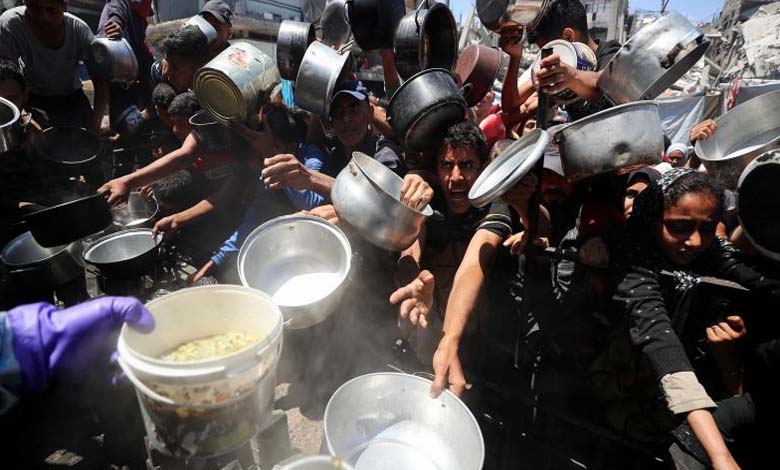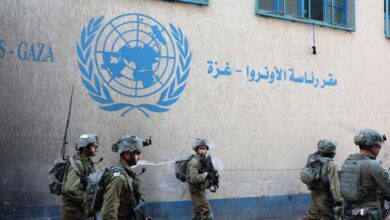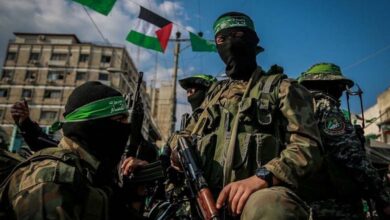Worst-case famine scenario: UN report warns of humanitarian catastrophe in Gaza

The world’s leading food security monitor has warned that Gaza is experiencing one of the “worst-case famine scenarios.”
The Gaza Strip has been under continuous Israeli military operations for 21 months, leaving widespread destruction and resulting in an estimated 60,000 deaths.
-
Gaza Truce: U.S. Positive Signal, Israeli Flexibility and a U.N. Alarm
-
Gaza: 20 Dead in Stampede for Aid in Khan Younis
The Integrated Food Security Phase Classification (IPC), a system developed by the United Nations, issued a report on Tuesday stating that the humanitarian crisis has reached a “deeply alarming and deadly turning point.”
The monitoring body, which includes contributions from UN agencies, NGOs, and local entities, emphasized that air-dropping aid over Gaza “will not be sufficient to halt the humanitarian catastrophe.” It stressed that ground-based delivery of assistance is “more effective, safer, and faster.”
The report calls for “immediate and unhindered” humanitarian access, saying it is the only way to stop the rapidly worsening hunger and rising death toll.
-
Buffer zone or bargaining chip? What you need to know about Gaza’s new Magin Oz corridor
-
When the Besieged Rise Up… Gaza Shouts at Hamas
-
Gaza Truce: Israel Loosens Its Red Lines and Steps Back on Morag Corridor
This warning follows several recent alerts from humanitarian organizations reporting hunger-related deaths in Gaza.
According to its latest data, the IPC confirms that the “famine threshold” has been crossed in “most areas of the Gaza Strip,” pointing to a significant increase in child mortality.
The report states that more than 20,000 children were admitted for treatment of acute malnutrition between April and mid-July, with over 3,000 suffering from severe malnutrition. It also notes a continued rise in hunger-related deaths among young children.
It adds that growing evidence shows a combination of famine, malnutrition, and disease is driving a sharp increase in hunger-related fatalities.
-
Bloody Morning in Gaza: 31 Killed in Israeli Strikes Including Women and Children
-
Stalled Gaza Truce Talks… The Israeli Withdrawal Map Sparks Fresh Tensions
-
U.S. Veto Blocks Ceasefire Efforts in Gaza
Urgent call for aid delivery
The report warns that “unhindered access to life-saving humanitarian assistance” is the only viable solution to prevent further deaths.
It says that “failure to act now will result in widespread death across most of Gaza.”
Amid mounting international pressure, Israel announced on Sunday a daily “tactical pause,” without specifying its duration, from 10 a.m. to 8 p.m. in designated areas for humanitarian purposes. Over 120 trucks carrying food were reportedly allowed to enter, and several countries carried out air drops of aid into the enclave.
The IPC stressed that the most vulnerable populations suffering from acute malnutrition, including children, “require continuous life-saving treatment” to recover.
-
Gaza Ceasefire Deal: Internal and Regional Pressures Shape the Limits of the Agreement
-
2 Million Palestinians in 15% of Gaza’s Area… 36,000 People per Square Kilometer
It warned that “without immediate action, hunger and death will continue to spread rapidly and relentlessly.”
The monitoring body clarified that this warning does not constitute a formal new famine classification but is intended to highlight the severity of the crisis based on “the most recent available evidence” as of July 25.
It said it is working on a more precise update, which will be issued as soon as possible and included in its next classification report.
In a previous assessment published in May, the IPC had already reported that Gaza was facing a “critical” level of famine risk, with 22% of the population at risk of living in “catastrophic” conditions.
-
Latest from Gaza: Ongoing Israeli Airstrikes and Ceasefire Negotiation Details
-
Palestinian political analyst: Gaza’s humanitarian situation is catastrophic and international pressure falls short of addressing the crisis
-
Gaza Latest: 31 Killed by Israeli Fire Near Aid Center
-
Arming and Funding… Is Israel Repeating the Lahad Army Experience in Gaza?
-
The Story of Two Grandchildren May Reopen the Genocide File in Gaza… Will France Take Action?
-
Gaza Foundation: Potential U.S. Funding Could Entangle Washington in Aid Chaos
-
Gaza Latest: Evacuation Orders in the North and Humanitarian Ship Intercepted at Sea
-
Latest Gaza News: Death Creeps Westward, Israel Issues Warning to Residents of 18 Areas












